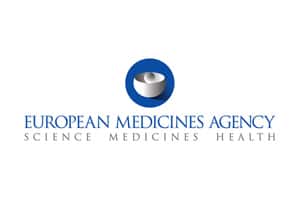
The European Medicines Agency (EMA) has published the last of its three proposed guidelines on biosimilar medicines for six-month consultation.
The latest document lays out the EMA’s current thinking on non-clinical and clinical development requirements for biosimilar copies of already-marketed biologic drugs that no longer have patent protection, and updates earlier guidance released in 2006.
“Since then, 14 biosimilar medicines have received marketing authorisation in the EU,” according to the EMA, which also notes that the number of applications being considered by its Committee for Medicinal Products for Human Use (CHMP) has also increased significantly.
The rapid development of the market as the early generations of biologic drugs lose patent protection has made it imperative to define and refine regulatory pathways for biosimilars that allow lower-cost versions of pricey branded medicines that account for a major chunk of the drugs budget in increasingly cash-strapped national healthcare systems.
Unlike their chemical counterparts, biological products cannot be exactly duplicated by competitors so a new type of regulatory pathway is needed to allow ‘generic’ versions to be developed.
Recent data from market research firm Visiongain suggests that the global market for biosimilars will reach $2.4bn this year, a rise of 20 per cent over 2012, and is currently dominated by erythropoietin, white blood cell stimulators, growth hormone and insulins.
Growth will accelerate in the ensuing years, it says, as more and more copies of early-generation monoclonal antibody-based drugs reach the market, many of which are blockbuster products with $1bn-plus sales.
The new guideline provides additional information on factors that have emerged since 2006, including the shift towards risk-based approaches for non-clinical study designs and the use of pharmacodynamic markers to demonstrate clinical comparability.
It also updates guidance on clinical study design – discussing the concepts of non-inferiority versus equivalence – whilst covering issues such as patient selection and surrogate endpoints, the design of immunogenicity studies and the extrapolation of efficacy and safety from one therapeutic indication to another.
The other guidelines were a general document laying out the overarching principles to be applied in showing biosimilarity, released for comment last month, and a document covering quality issues for biosimilars which was published in May 2012.
Meanwhile the US FDA has also been working on biosimilars regulation, and in April released a fourth guidance document in a series aimed at informing developers of their requirements on key aspects of the biosimilar development process.
A formal requirement for a regulatory pathway for biosimilars in the US was mandated by the Biosimilar Price Competition and Innovation Act (BPCI) that was passed in 2010.




